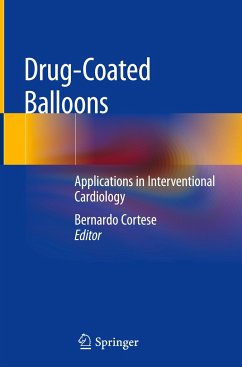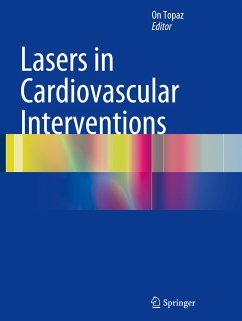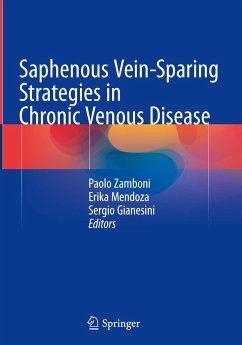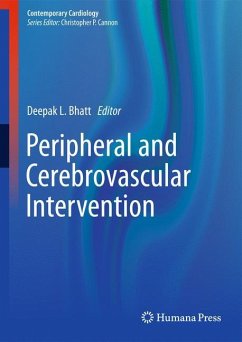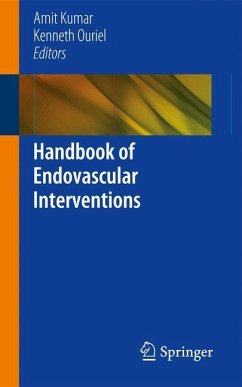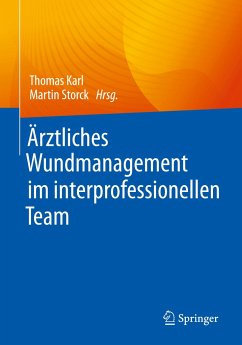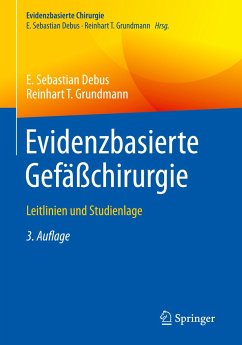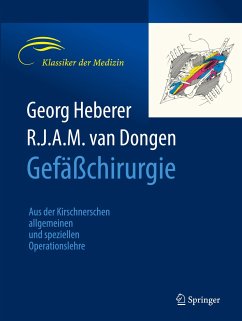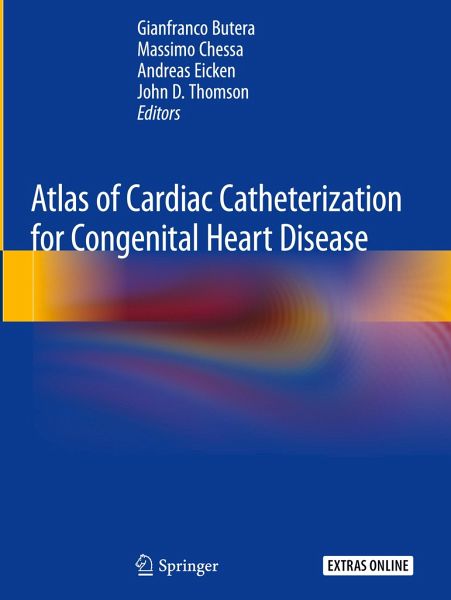
Atlas of Cardiac Catheterization for Congenital Heart Disease

PAYBACK Punkte
88 °P sammeln!
This atlas depicts and describes catheter-based interventions across the entire pediatric age range, from fetal life through to early adulthood, with the aim of providing an illustrated step-by-step guide that will help the reader to master these techniques and apply them in everyday practice. Clear instruction is offered on a wide range of procedures, including vascular access, fetal interventions, valve dilatation, angioplasty, stent implantation, defect closure, defect creation, valve implantation, hybrid approaches, and other miscellaneous procedures.The atlas complements the previously pu...
This atlas depicts and describes catheter-based interventions across the entire pediatric age range, from fetal life through to early adulthood, with the aim of providing an illustrated step-by-step guide that will help the reader to master these techniques and apply them in everyday practice. Clear instruction is offered on a wide range of procedures, including vascular access, fetal interventions, valve dilatation, angioplasty, stent implantation, defect closure, defect creation, valve implantation, hybrid approaches, and other miscellaneous procedures.
The atlas complements the previously published handbook, Cardiac Catheterization for Congenital Heart Disease, by presenting a wealth of photographs, images, and drawings selected or designed to facilitate the planning, performance, and evaluation of diagnostic and interventional procedures in the field of congenital heart disease. It will assist in the safe, efficient performance of these procedures, in decision making, and in the recognition and treatment of complications.
The atlas complements the previously published handbook, Cardiac Catheterization for Congenital Heart Disease, by presenting a wealth of photographs, images, and drawings selected or designed to facilitate the planning, performance, and evaluation of diagnostic and interventional procedures in the field of congenital heart disease. It will assist in the safe, efficient performance of these procedures, in decision making, and in the recognition and treatment of complications.



